Healthy Herbal Teas to Try for Relaxation
Summarize
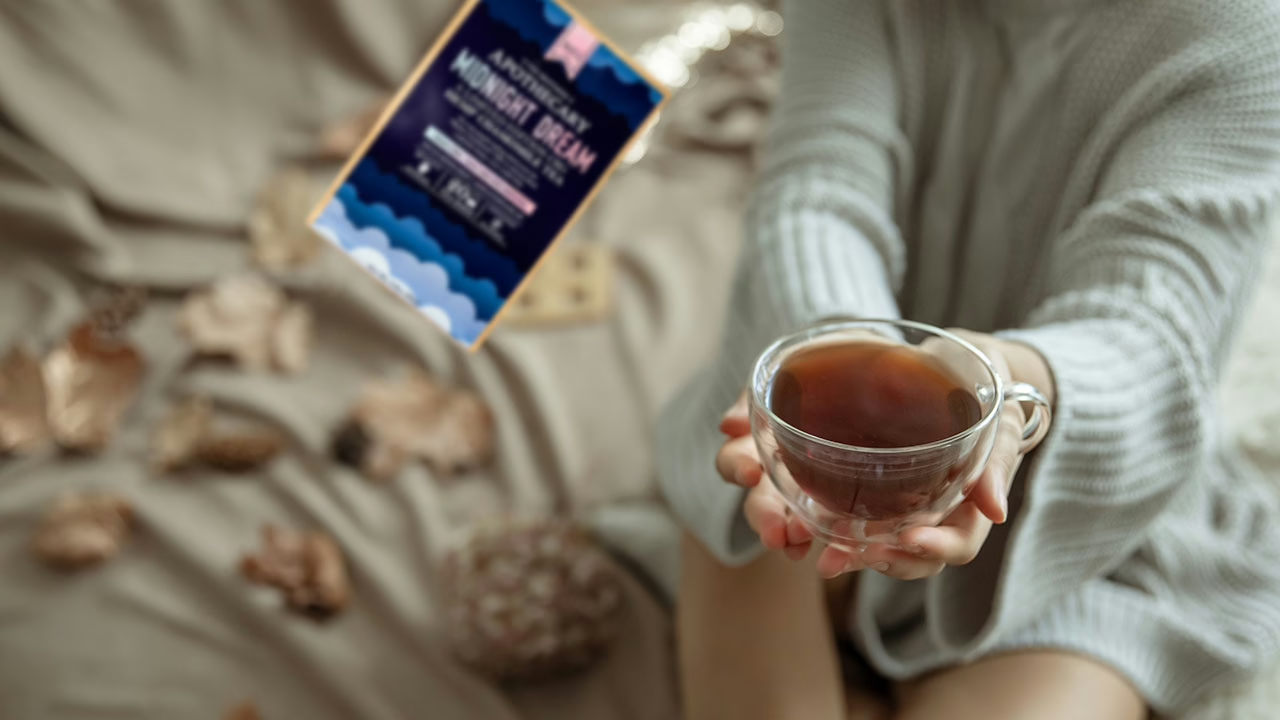
More than 159 million people in the U.S. drink tea daily. Tea is the most consumed beverage in the world. In the U.S., annual tea consumption is increasing phenomenally. But did you know there are two main categories of tea? One is called “true tea,” like black tea, and the other “herbal tea,” like CBD herbal tea. Herbal teas are becoming the choice of people looking for the best teas for health.
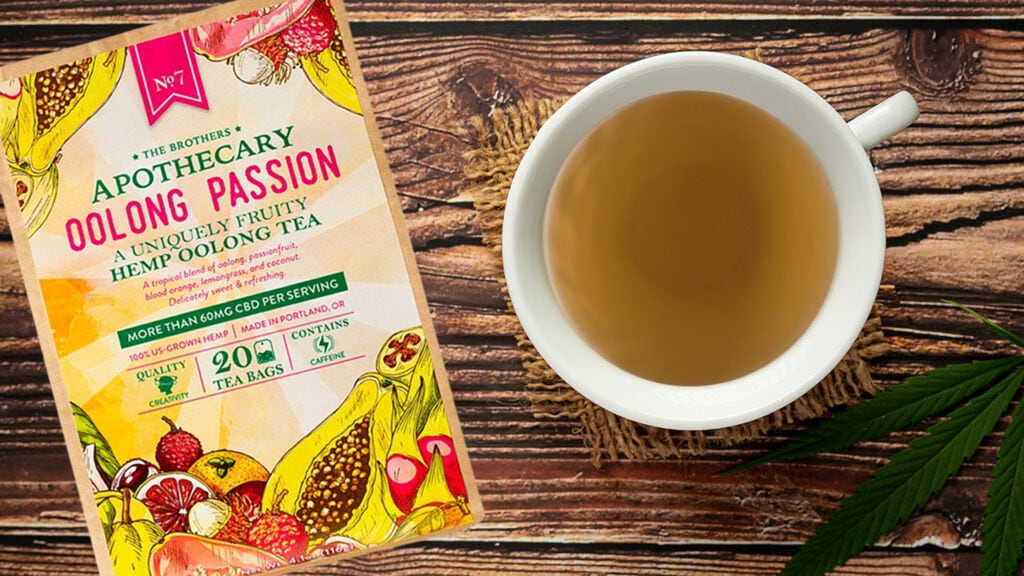
TL;DR (Too Long; Didn’t Read):
Herbal teas are natural products that support general wellness. Particular herbs promote relaxation, including lavender, lemon balm, chamomile, and valerian root. The benefits of herbal tea backed by scientific evidence include supplying antioxidants and acting as anti-viral compounds. Herbal calming tea is caffeine-free and can be consumed throughout the day.
Table of Contents
What are Herbal Teas?
All true teas and herbal teas have significant differences. Authentic tea is made from camellia sinensis plants. There are different varietals, but true teas are all made from the parts of camellia sinensis plants. Examples include black tea, white tea, green tea, yellow tea, oolong tea, and matcha, to name a few. True teas contain caffeine. Herbal teas are different.
Herbal teas are made from blends or infusions of dried flowers, roots, herbs, spices, and fruits. Also called tisanes, they do not contain caffeine.
What are the Benefits of Choosing Herbal Teas?
Caffeine-free herbal teas have a blend of natural plant materials, and research has shown they may offer a variety of health benefits. Since herbal teas do not contain caffeine, they have a calming effect. Depending on the types of plants the herbal tea is made from, some of the health benefits of herbal teas based on scientific evidence include the following.
- Antioxidant effects
- Promotes relaxation
- Anti-aging
The various health benefits are due to the many bioactive compounds in botanicals. They include cannabinoids like CBD, phenolic acids, terpenoids, flavonoids, carotenoids, coumarins, saponins, alkaloids, and more.
Top Herbal Teas for Relaxation
Researchers and consumers have found a variety of herbs that promote relaxation, each with its own unique flavor and health benefits.
Chamomile
Chamomile tea contains an herb obtained from the flowers of the Asteraceae plant family. It is rich in flavonoids and contains vitamins and minerals like potassium, folate, and carotene. Research has found that it contains glycine and flavonoids that have calming effects. This is one reason chamomile is used extensively as a natural relaxation and sleep aid.
Valerian root
Valerian root is another herb commonly used in calming and sleep aid products, including herbal teas. Although studies are limited, the effects of valerian root may be due to multiple constituents in the plant working together or alone. It has been shown to shorten the time it takes to fall asleep.
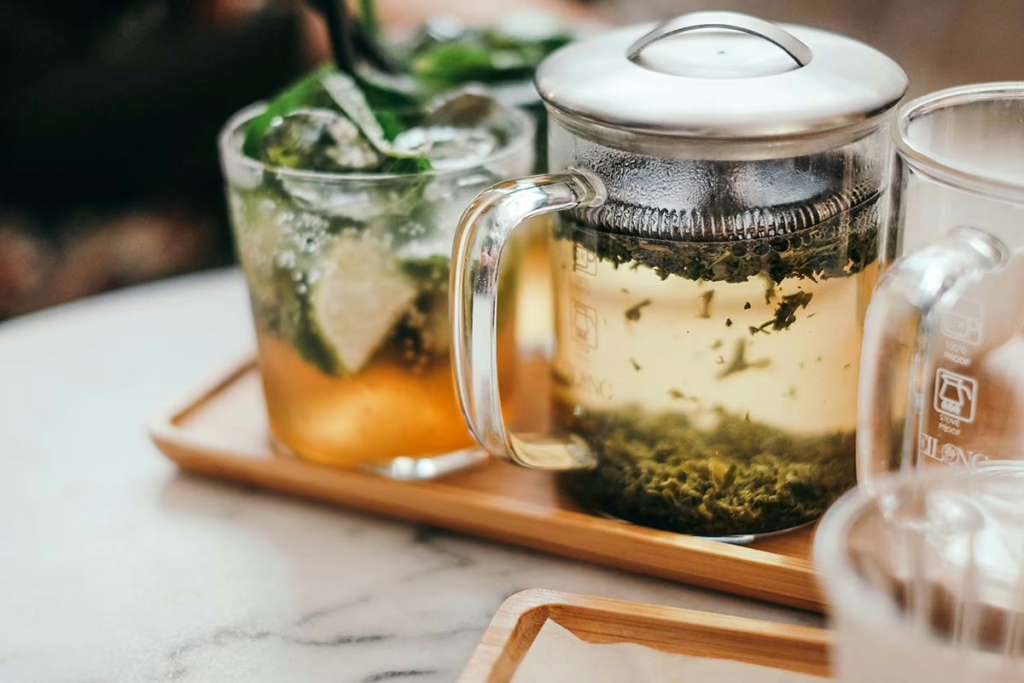
Lavender
There is growing scientific evidence that lavender may have several effects that support relaxation. Lavender in herbal teas may stabilize mood and act as a sedative. Lavender oil and its major constituents, linalyl, and linalool, are frequently used in aromatherapy products for relaxation.
Lemon balm
Lemon balm has been used for centuries as a sedative. A study found that long-term consumption of this product may reduce restlessness and the symptoms of sleep disorders.
Hibiscus
Hibiscus may help with relaxation by reducing blood pressure due to its flavonoid content. It has demonstrated an ability to facilitate the dilation of blood vessels, among other effects.
Passionflower
Native Americans used passionflower centuries ago as a sedative. Today, the flowering plant extract is a mild sedative and sleeping aid. It contains several flavonoids, phytosterols, coumarins, glycosides, and more. Passionflower is frequently used in combination with other herbs in herbal teas that promote sedation, including lavender and valerian.
Mushrooms
Adaptogenic mushrooms include Reishi, cordyceps, shiitake, turkey tail, and lion’s mane. Adaptogens help the body adapt to external and internal challenges. These mushrooms are packed with antioxidants and may contain compounds like vitamins B and D and various minerals. They may boost the immune system and have a calming effect.
Ginseng
Ginseng has many compounds, but the most important is ginsenosides. Ginsenosides are bioactive components with many functions, including anti-oxidation. Ginseng has been found to regulate hormone changes, so the body remains in balance. Ginseng may lead to a more relaxed feeling.
Peppermint
Studies of peppermint have reported the herb may have many benefits, from helping digestion to many others. Peppermint has menthol, which is a major contributor to the calming effect it can produce. Menthol can help muscles relax and reduce mental fatigue. When peppermint scent is inhaled, the parasympathetic nervous system, which helps the body relax after experiencing discomfort, is activated.
Echinacea
Echinacea is a perennial closely related to daisies, ragweed, and sunflowers. It has been associated with an increase in feelings of well-being.
Sage
Sage has long been used to treat digestion issues. It is especially noted for its antioxidant effects and ability to enhance brain functioning.
CBD
CBD is extracted from the hemp plant, and there is significant research that has found it may promote improved sleep and relaxation. It is believed to increase GABAergic neurotransmission and act as a serotoninergic 5-HT1A receptor agonist, both actions reducing fatigue feelings.
When the herbs are blended with a CBD extract to make an herbal tea, you get nature’s wealth of compounds promoting general wellness and relaxation. There are many relaxation tea flavors, enabling you to choose the herbal tea that delivers the most enjoyment in terms of taste, scent and benefits. You may prefer lemon, floral, hibiscus, chamomile, berry, honey or other flavors. There are different aromas, too, simultaneously giving you an aromatherapy and flavorful experience.
Such relaxation tea delivers a blend of CBD, herbs, and other ingredients that can provide the entourage effect. This effect refers to experiencing synergistic effects that are more positive than consuming compounds separately. Full spectrum CBD in teas offers all the hemp plant compounds, including major and minor cannabinoids, terpenes and flavonoids.
Ways to Add Herbal & CBD Teas to Your Daily Routine
Herbal and CBD teas can be added to a daily routine.
Morning
Drinking CBD tea with herbs is an excellent way to begin a day, especially when you want to start it with a calm and clear mind. CBD has been shown to improve focus so you can be at your mental best.
Midday
You can drink tea anytime when you need to experience some calm moments. Since CBD may also reduce feelings of discomfort, a CBD tea blend delivers the relaxing effects required at the moment. For example, a CBD-infused chamomile or peppermint tea is reviving, while a lemon balm herbal tea can reduce fatigue.
Evening
Choose CBD tea with herbs formulated to promote relaxation before going to bed and improve sleep quality. Since herbal teas have no caffeine, you do not have to worry about drinking them close to bedtime.
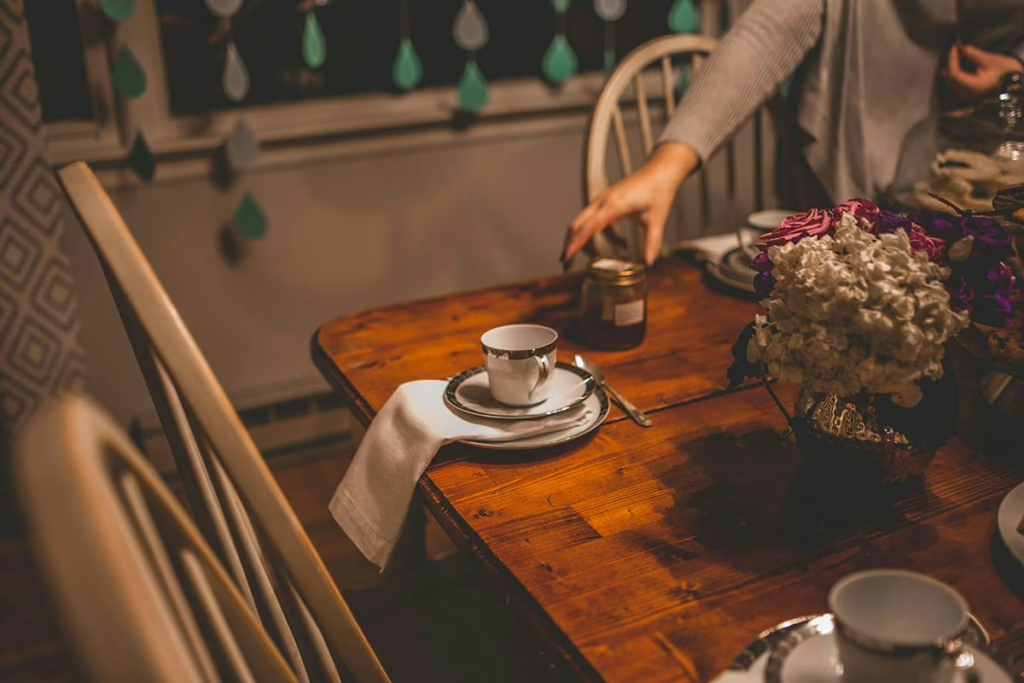
Post-Activity Recovery
After exercising or participating in an athletic event, you may want to drink herbal or CBD tea. Antioxidants support faster muscle recovery.
Any time of the day
You can drink herbal teas throughout the day when you are having trouble relaxing. CBD and other cannabinoids like CBG and herbs offer aromatic, soothing experiences with relaxation.
For example, some herbs, like lemon balm and peppermint, support healthy digestion. Drinking CBD tea formulated with herbs throughout the day promotes general well-being.
You can also get creative and drink more than hot tea. Make a batch of tea and chill it in the refrigerator. You have a refreshing drink always available. Prepared tea can be mixed with steamed milk for a tea latte or added to a smoothie.
Sip a Cup of Good Health
Like any drink you consume, make sure you buy herbal calming tea products from reputable vendors producing high-quality products. Review the Certificate of Analysis (COA), an independent laboratory prepared to ensure no hazardous compounds are in the tea. There is a wide variety of CBD teas and herbal teas. CBD tea blended with various herbs offers the benefits of cannabinoids and herbs so that you can sip a cup of good health. You will find teas in different flavors and herb blends. Most CBD teas that are hemp herbal teas are also available in different CBD spectrums and potencies, ranging from 5 mg to 50 mg or more per serving.
Sources
- https://www.census.gov/newsroom/stories/hot-tea-month.html
- https://pmc.ncbi.nlm.nih.gov/articles/PMC6174262/
- https://pmc.ncbi.nlm.nih.gov/articles/PMC6970572/
- https://pmc.ncbi.nlm.nih.gov/articles/PMC2995283/
- https://ods.od.nih.gov/factsheets/Valerian-HealthProfessional/
- https://onlinelibrary.wiley.com/doi/10.1155/2013/681304
- https://journals.sagepub.com/doi/10.1177/2156587216663433
- https://pmc.ncbi.nlm.nih.gov/articles/PMC10676230/
- https://www.ncbi.nlm.nih.gov/books/NBK548020/
- https://pubmed.ncbi.nlm.nih.gov/28640972/
- https://pmc.ncbi.nlm.nih.gov/articles/PMC5628357/
- https://pmc.ncbi.nlm.nih.gov/articles/PMC5814329/
- https://pmc.ncbi.nlm.nih.gov/articles/PMC10180368/
- https://pubmed.ncbi.nlm.nih.gov/34217960/
- https://pmc.ncbi.nlm.nih.gov/articles/PMC5318325/#Sec13
- https://pmc.ncbi.nlm.nih.gov/articles/PMC10556669/
- https://pmc.ncbi.nlm.nih.gov/articles/PMC8704602/
Share this post


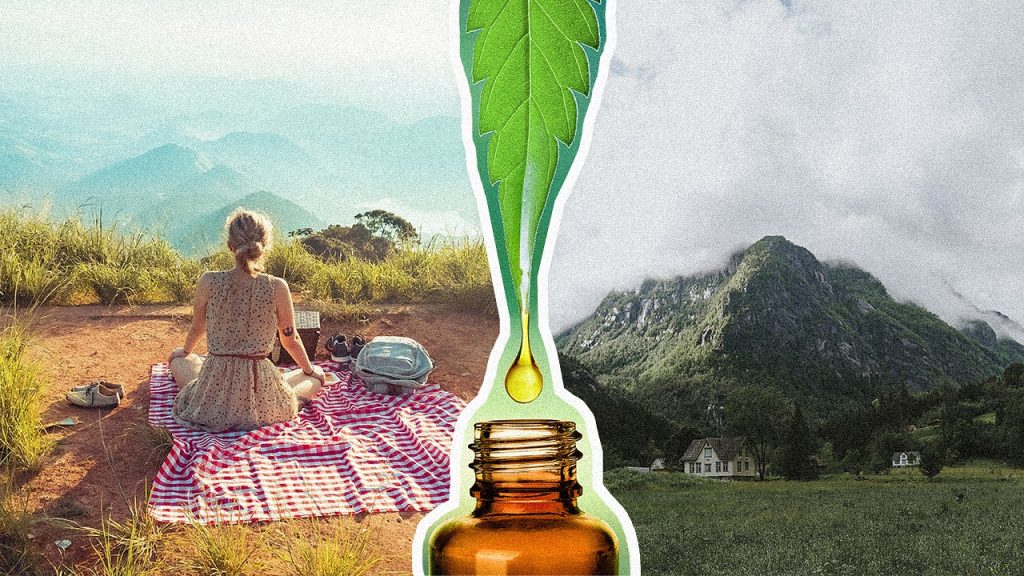
0